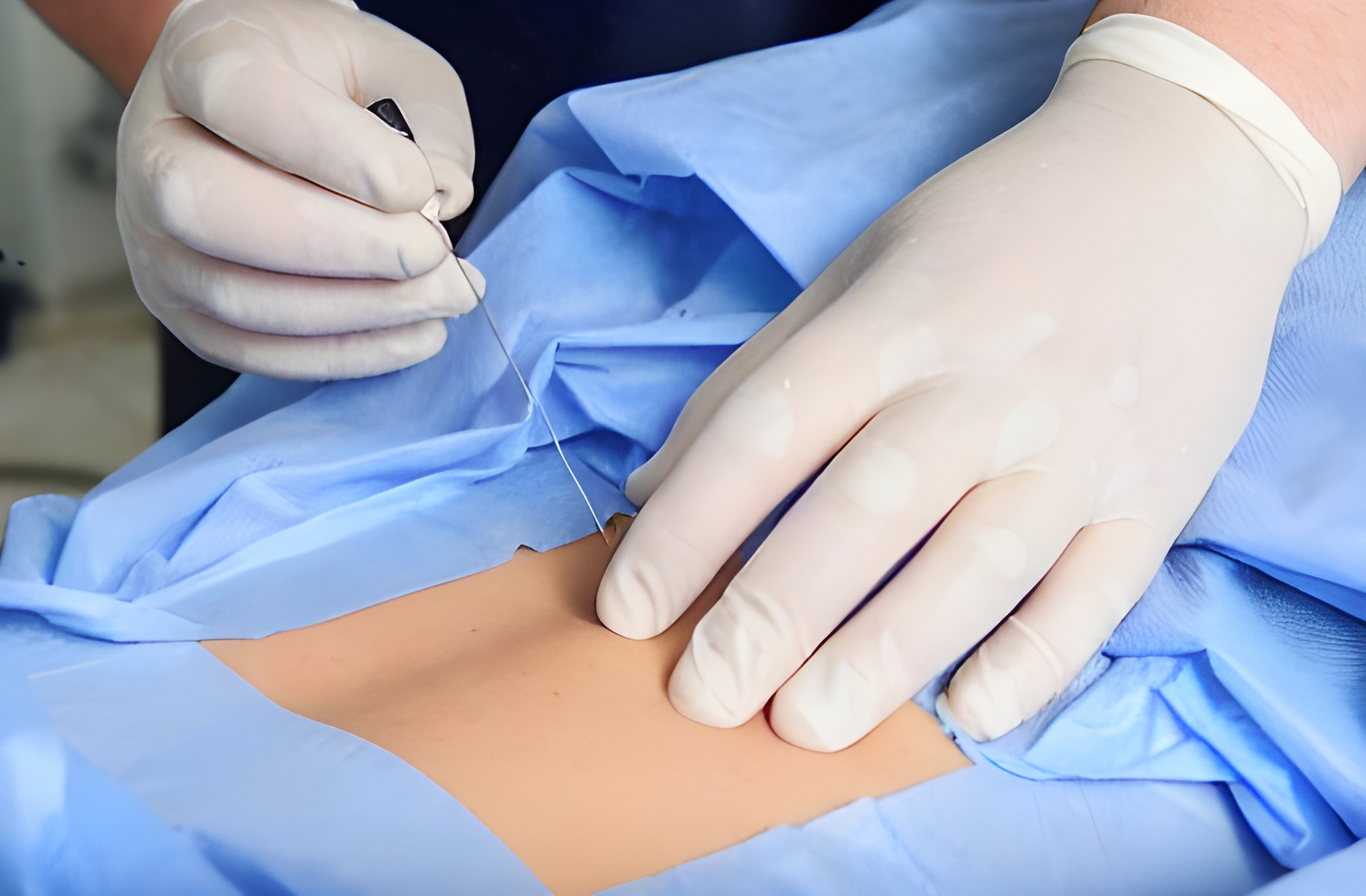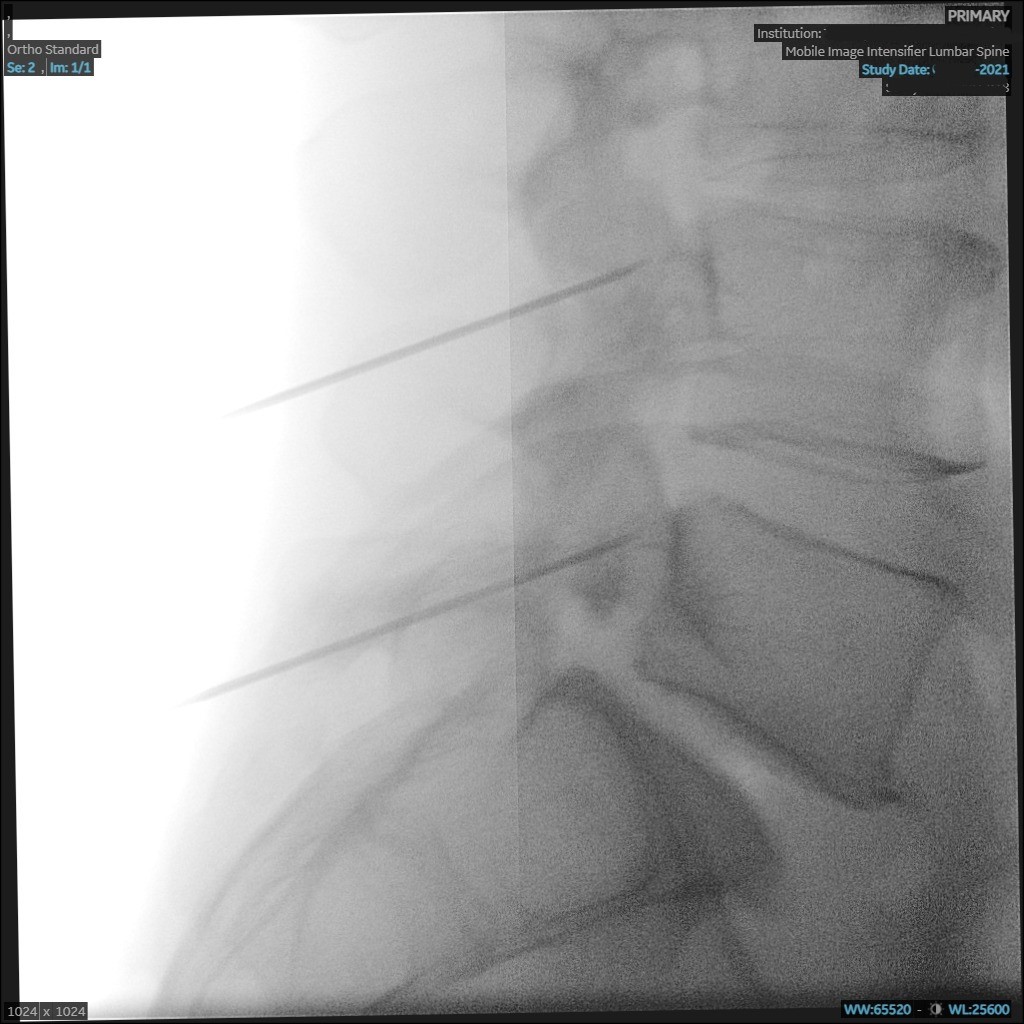
Pain Treatments
Back Pain Interventions

In Back Pain Syndrome (including non-specific low back pain), interventional approaches can play an important role after conservative approaches like weight management, exercise, and pain medications have been tried. There are two key options:
Local anaesthetics and steroid injections:
Can be injected onto the affected area within the spine. This helps to reduce inflammation and provide temporary improvement in pain and function, up to a few months. Examples include facet joints pain, sacroiliac joints pain, nerve roots (sciatica pain) or other targets.
Injections are commonly used when conservative treatments haven’t yielded satisfactory results.
Receiving repeated injections, more than 2-3 times per year can predispose to steroid-related side effects.
Platelet-Rich Plasma (PRP) Injections:
PRP is a non-invasive modality that has been used to treat musculoskeletal conditions for the past two decades. PRP is a concentrate of platelets derived from your own blood. Platelets contain growth factors that can potentially promote healing and tissue repair.
In the context of unresolved lower back pain, PRP injections are administered into ligaments, muscles, and fascia surrounding the spine.
Some clinical studies have shown improvements in pain and other symptoms.
Patients who receive a series of PRP treatments can experience significant decreases in pain and overall improvement.
PRP therapy offers a promising avenue for managing non-specific low back pain, especially for those seeking alternatives to surgery or invasive procedures.
Osteoarthritis Pain Interventions

In Osteoarthritic Conditions, interventional approaches can play an important role after conservative approaches like weight management, exercise, and pain medications have been tried. There are three key options:
Local anaesthetics and steroid injections:
Can be injected into or around the affected joint. This helps to reduce inflammation and provide temporary improvement in pain and function, up to few months. They are commonly used for various joint conditions, including osteoarthritis.
Injections are commonly used when conservative treatments haven’t yielded satisfactory results.
Receiving repeated injections, more than 2-3 times per year can predispose to steroid-related side effects.
Viscosupplementation:
This is a procedure where a gel-like substance called hyaluronic acid (HA) is injected into a joint, commonly the knee. HA is a naturally occurring substance found in synovial fluid, which lubricates and cushions joints. In osteoarthritis, the amount and quality of synovial fluid is often compromised, leading to pain and stiffness.
The role of viscosupplementation for osteoarthritis is still debated with most of the evidence is for knee studies. Some evidence showed temporary improvement in pain symptoms and function up to a few months in mild to moderate osteoarthritis. Compared with steroids, no long-term side effects from repeated injections.
Platelet-Rich Plasma (PRP) Injections:
PRP therapy may offer a promising option for managing mild to moderate osteoarthritis. PRP is a concentrate of platelets derived from your own blood. Platelets contain growth factors that can potentially promote healing and tissue repair. PRP can injected directly into the affected joint. While research results vary, it’s a viable option for those seeking alternatives to surgery or corticosteroid injections.
Radiofrequency Ablation (RFA)

RFA is a minimally invasive procedure for chronic spinal and joints pain. Patients for RFA typically have chronic pain lasting more than six months and have not found relief through conservative measures like medications or physical therapy and other pain interventions. RFA is particularly effective for arthritis-related joint pain, including the spine, knees, sacroiliac joints. Patient selection (e.g. localised facet joint syndrome) is the most important factor to determine success of the procedure.

